Kale collard greens and outdoor cultivation
People love everything new. Kale cabbage has become another trend of nature. Gardeners from different countries have been growing it for more than one century, but only now they have shown a massive interest in it. The owners of healthy food establishments have introduced new dishes to the menu, along with this variety of cabbage.
It differs in that it contains a large number of useful elements. Therefore, it is highly valued among admirers of traditional medicine.
Content:
- Description and the best varieties
- Growing seedlings
- Transplanting seedlings into the ground
- How to care for Kale cabbage
- Diseases and pests
- Harvesting and storage
- Composition and useful properties
- Application and contraindications
Description and best varieties
Kale or Kale cabbage is a food for vegetarians and people on a strict diet. It contains a large amount of vitamins and proteins, which are quickly and completely absorbed.
The plant does not look like a standard cabbage head. It simply does not exist. Often many inexperienced gardeners mistake this type of cabbage for salad.
A distinctive feature of cabbage is sufficient frost resistance - it can withstand temperatures up to -6 C.
She is not afraid of pests and most pathogenic bacteria. In addition to its own name, Kale cabbage is popularly called "Grunkol" and "Brauncol". Not so long ago, the culture was an ornamental shrub. But recently it has been used for cooking in culinary dishes.
No one can say for sure the place of her first appearance. Some say that cabbage originates from France, others from England or Germany, and still others argue that it owes its origins to Siberia. The Americans claim that it was the Russian merchants who brought the outlandish plant on the ships.
Although cabbage does not have the standard look endowed with a head of cabbage. It also has its own varieties:
- Premier Cabbage is a hardy, fast growing variety.
- Red Russian - stands out with sinuous, red leaf blades.
- Curly - the foliage is wrinkled and curly. Endowed with softer and more delicate taste. The most popular of all types.
- Siberian - not susceptible to pests and tolerates a sharp drop in temperature.
- Redbor F1 - can be dark purple or red. Used to decorate food and give it an original color.
- Cane - the tallest cabbage, stretched to a height of 1.9 meters. A special feature is that its stem is strong. It is often used to make walking sticks.
- Tuscan - awarded with oblong thin elongated leaves, with a wrinkled top cover.
Any kind of cabbage can be eaten both fresh and stewed. It is preferable to supplement the diet with tender tops just plucked from the bush. If the plant has a rigid structure, then it is subjected to heat treatment.
Growing seedlings
Cabbage unpretentious to the land in which he lives and does not require specific care.It will grow in any soil, but peat substrate, medium clay soil or sandstone is best suited to get chic bushes and elastic leaves. It is desirable that the concentrate is filled with nutrients and a sufficiently loose structure.
Growing features:
- Planting work begins 6-8 weeks before the planned transplanting of finished seedlings into open ground. For planting seedlings, flowerpots up to 40 cm2 in area are used.
- It is important for the plant that the acidity of the soil does not exceed 6.8 pH. The minimum limit of permissible acidity - 5.5. If the soil does not withstand such indicators, then if it is insufficient, add acid-type compost to the soil. If the permissible norm is exceeded, dilute with sulfur.
- Before planting, it is recommended to fertilize the soil with organic substances or rotted compost... So the soil is saturated with useful elements necessary for the active growth and development of young shoots.
- Planting material immediately before planting is soaked in hot liquid (45-50 C) for 20 minutes. Then it moves directly into cold water, where it is kept for no more than 5 minutes. The hardened seeds are laid out in a wet cloth and placed in a warm room. After 3 days, hatched seedlings can be found. Now they urgently need to be placed in the ground.
- Sprouted shoots are scattered to a depth of 1.5 cm. Stronger rooting may lead to rotting of seedlings or prolonged absence of young shoots.
- Seeds begin to germinate at a temperature of +5 C, but air degrees up to +22 C are considered optimal for the successful growth and development of young seedlings.
- When sowing, an interval between seedlings of 6-8 cm should be observed. The seedlings grow quickly, densely and over time they begin to interfere with each other.
Transplanting seedlings into the ground
The transplant is carried out in open ground at the moment when the seedlings reach a height of 10-12 cm, and on each individual bush there are 4-5 developed full-fledged leaves. Before rooting in open ground, the soil on the backyard is prepared in advance. It should be dug up, debris removed, and all weeds removed.
Pour into the garden organic fertilizers (peat, compost or humus), and also make mineral dressings in the form nitroammophos and nitrogen-containing preparations. It is in spring that the best option for feeding the soil with nitrogen, so that the plant takes root faster and actively grows.
After the optimal amount of fertilizer has been applied, the area should be leveled and prepared for planting work:
- Depressions in the ground are dug under each seedling; it is impractical to make a common trench. The hole should be 1.5 times deeper than the lump in which the seedlings were sitting. It is necessary to bury it in open soil so that the earth reaches the first lower leaves of the plant.
- The seedlings are taken out of their old place very carefully so as not to damage the root system. You should not shake off the soil from the roots, you need to transplant using transshipment. This will help the plant to quickly adapt to the new site and develop quickly.
- The seedlings in the hole are placed vertically so that the roots are perpendicular to the center of the depression. From above and from the sides, the seedling is sprinkled with earth and lightly compacted.
- The distance between young plants should not be less than 45-50 cm. Otherwise, when growing, they will interfere with each other's growth. After planting, it is recommended to thoroughly water the shrub.
How to care for Kale cabbage
Cabbage does not require special care for itself. The only important requirement is the growing conditions - the place should be well lit, without drafts and neighboring fruit crops that can draw useful elements from the ground, making cabbage impoverished.
It is advisable to place the landings on a small hill or elevation.Kale cabbage does not like groundwater close to the soil surface. If this is present on the site, then during planting, it is worth pouring drainage on the bottom additionally.
Cabbage care is carried out in the form of watering, mulching and fertilization:
- The plant should be irrigated as needed, when the topsoil is dry. On spring days, you do not need to water every day due to possible rains, cloudy weather and high humidity. In the summer, when there are dry days, with a long absence of precipitation, watering is carried out every day, in moderation.
- If the leaves are discolored or wilted, they must be removed from the shrub immediately. They tend to attract parasites and pests to the plant.
- As the shrub grows and stretches it to a height of 15 cm, you should soil mulching... The procedure is carried out to block the process of decay and loss of leaves of their characteristic color.
- The last step in caring for Kale cabbage is feeding and loosening. Fertilization is carried out during the soil loosening procedure. This is necessary to eliminate weeds that have grown under the foliage, as well as to deepen the nutrients. After applying top dressing, the bush should be well watered so that mineral fertilizers quickly dissolved in the soil and absorbed into root system cabbage. Top dressing is carried out once every 6-8 weeks. Otherwise, you can overfeed the shrub with top dressing, which will provoke plant decay.
Diseases and pests
Dangerous pests of all cruciferous crops, where Keil cabbage comes from, are:
- Rapeseed sawfly
- Scoops
- Flies
- Cabbage aphids, fleas
- Flower beetle
- Wireworm
- Garden slugs
- Weevils
To prevent the colonization of harmful insects, the foliage is powdered with tobacco dust, wood ash, or combine these ingredients together. But the first rain will wash away all the spraying, you will have to carry out the process again.
Another option for controlling insect pests is by spraying the essence of 7% vinegar and boiled liquid. In addition, you can apply the infusion chicken droppings (200 gr.) In a bucket of water. But it should be infused for exactly 24 hours before use.
If traditional methods do not work, you need to use chemical insecticides - Aliot, Fury, Kemifos, Kinmiks, Bankol, Sharpey, Bitoxibacillin.
The following diseases can affect cabbage:
- Fusarium
- Rot (white and gray)
- Viral mosaic
- Keela
- Mucous bacteriosis
- Blackleg
- Ring spot
To protect the culture from diseases, it is first of all recommended to observe crop rotation, take for cultivation resistant varieties of cabbage. Before starting planting work, you need to subject the seeds to processing in fungicides (potassium permanganate). After planting, it is recommended to constantly monitor the appearance of pests on the foliage and eliminate weeds near the base of the cabbage.
Such measures contribute to a more reliable safety of the plant from possible diseases and pests much better than chemical preparations. At the first manifestations of the disease, it is recommended to remove the affected leaves so that the disease does not spread to healthy parts.
Harvesting and storage
Different varieties have excellent ripening times. Some species are harvested 70-90 days after planting in open ground. Others are to be collected as early as 60-75 days from the moment of deepening into the ground.
The first crop can be removed from the cabbage at the moment when the plant reaches 20 cm in height.
An earlier collection does not have the proper taste characteristics and a rich composition of useful elements. The collection begins with the outer leaves. They need to be cut from the plant in such a way that a 5 cm stump remains. Young leaves will begin to form again on the remaining process.
Leaf plates must be harvested as they mature.If the procedure is not carried out on time, then the greens become hard, dense and not tasty - bitter. After harvesting, the tops can be stored in the refrigerator for 7 days, but it is better to eat them freshly plucked. In addition, it is recommended to thoroughly wash the cabbage, cut it into pieces and put it in the freezer for safekeeping. The product is stored in this form for about 6 months.
Composition and useful properties
Kale cabbage is distinguished by a large amount of vitamins, which in their value exceed the permissible norms required for the body. So the constituent parts of the structure of the foliage of the plant are vitamins: A, K, PP, C B (1, 5, 2, 6, 3, 9).
Additionally, there are micronutrients - manganese, phosphorus, potassium, copper, iron, sodium, calcium, zinc, selenium, magnesium. The presence of fatty acids (Omega 3) is noted. In addition, it contains essential amino acids in the number of 9 elements, flavonoids, carbohydrates. Lutein, fats, zeaxanthin, glucosinolates are present in small amounts.
The nutritious product is a high-calorie plant and contains 100 g - 48 Kcal.
Kale cabbage, thanks to its nutrients and vitamins, has a positive effect on the human body in the following cases:
- Minimizes the lack of calcium in the internal organs. Cabbage can easily replace milk, because in 1 gr. the product contains 0.22 mg of calcium more than milk.
- Has the ability to have an anti-inflammatory effect on the body, and also has antioxidant qualities.
- Promotes the elimination of toxins and a softer release of feces from the intestines.
- Acts as a preventive measure against cancerous growths.
- Improves the quality and clarity of the organs of vision.
- Helps with monthly menstrual flow.
- Contributes to the normal healthy development and growth of children.
- Delays the aging process as much as possible.
- Improves the quality of the skin.
- Helps to strengthen teeth.
Thus, Kale cabbage has a great positive effect on the general condition of the human body. Its use completely replaces not only milk, but also meat. By consuming culture, you can quickly lose weight and look at the same time a healthy and vigorous person.
Application and contraindications
If you use the product freshly plucked without seasonings and additional ingredients, then the cabbage will seem rather bitter and tasteless. In most cases, it is used to prepare various salads or first courses. Thus, the bitter peculiarity disappears, being replaced by the original piquant taste.
For the preparation of culinary delights, only sheet plates are used.
The stem is recommended for making fresh juices, dressings or specific cocktails. In addition, specific chips are made from the leaves, which have a specific taste, saturated with a special zest. So the product is mixed in spices, and olive oil is also added. Bake in the oven until crisp.
The culture can be added to the diet of almost all people, with the exception of only a few categories:
- First of all, it is forbidden to use for food to patients with individual intolerance to the product as a whole.
- People suffering from diseases of the gastrointestinal tract, such as colitis, gastritis, ulcers, can eat with caution and under supervision.
- In case of dysbiosis and during chronic indigestion with persistent diarrhea, it is not recommended to eat the plant. It can further provoke the development of dangerous diseases.
Thus, Kale cabbage is a very useful product for the whole human body. Lovers and connoisseurs of the taste of this shrub are recommended to start growing it on their own plot. Moreover, this plant can be planted and looked after on its own without much effort.
More information can be found in the video:




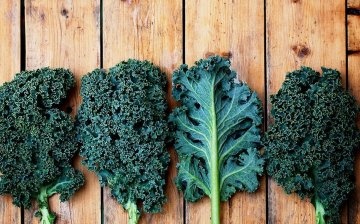
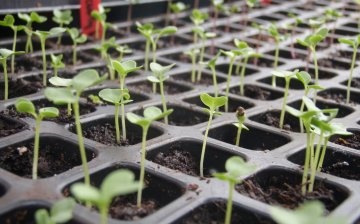
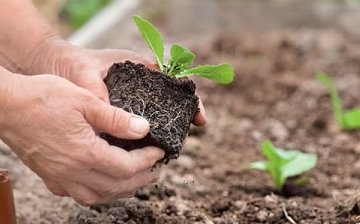

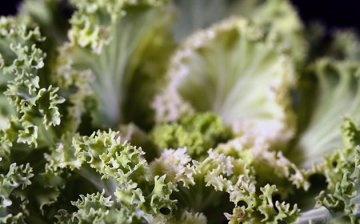
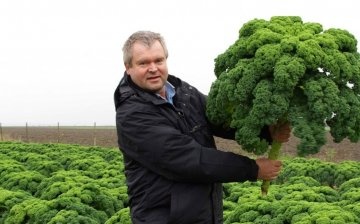
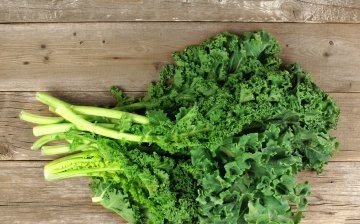










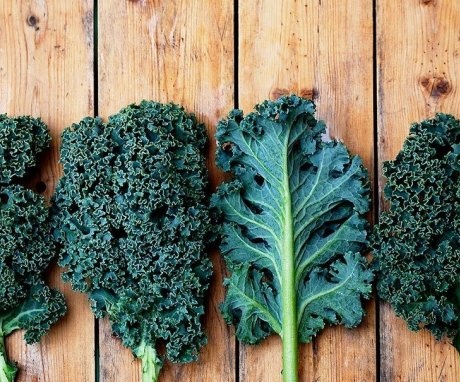
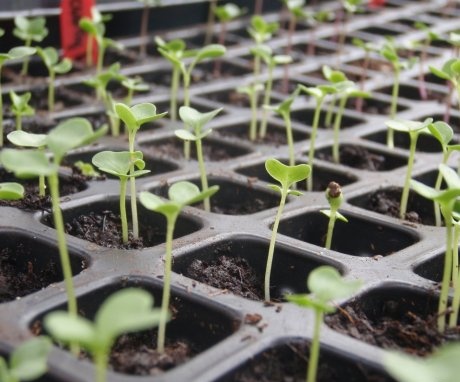
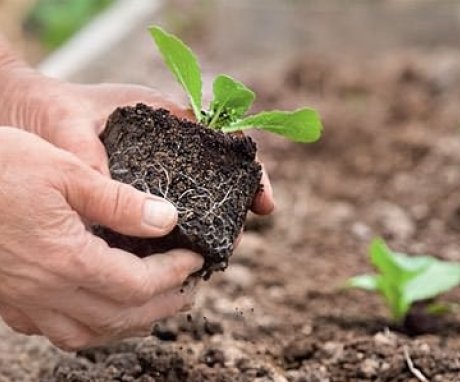
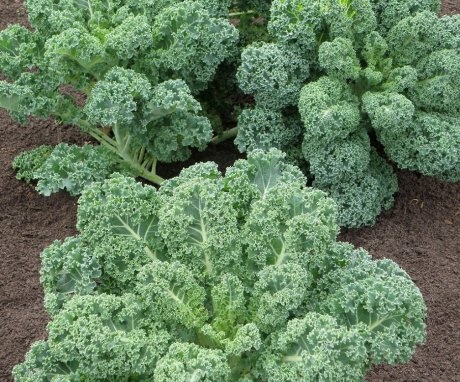
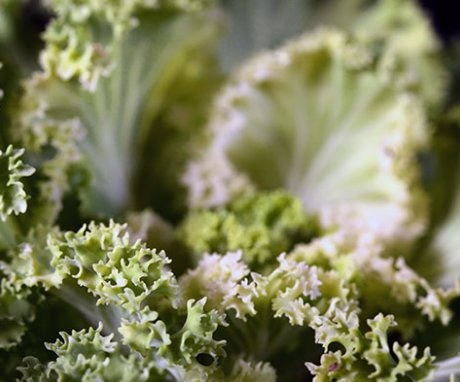
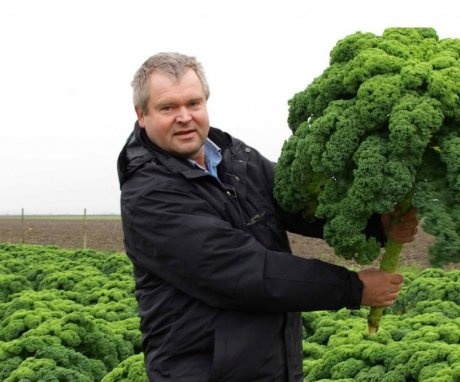


This kind of cabbage has never been grown. Judging by the description, it is undesirable to eat it fresh, and it is stored only in the freezer. Therefore, you can plant such a vegetable little by little, for cooking borscht and canning.